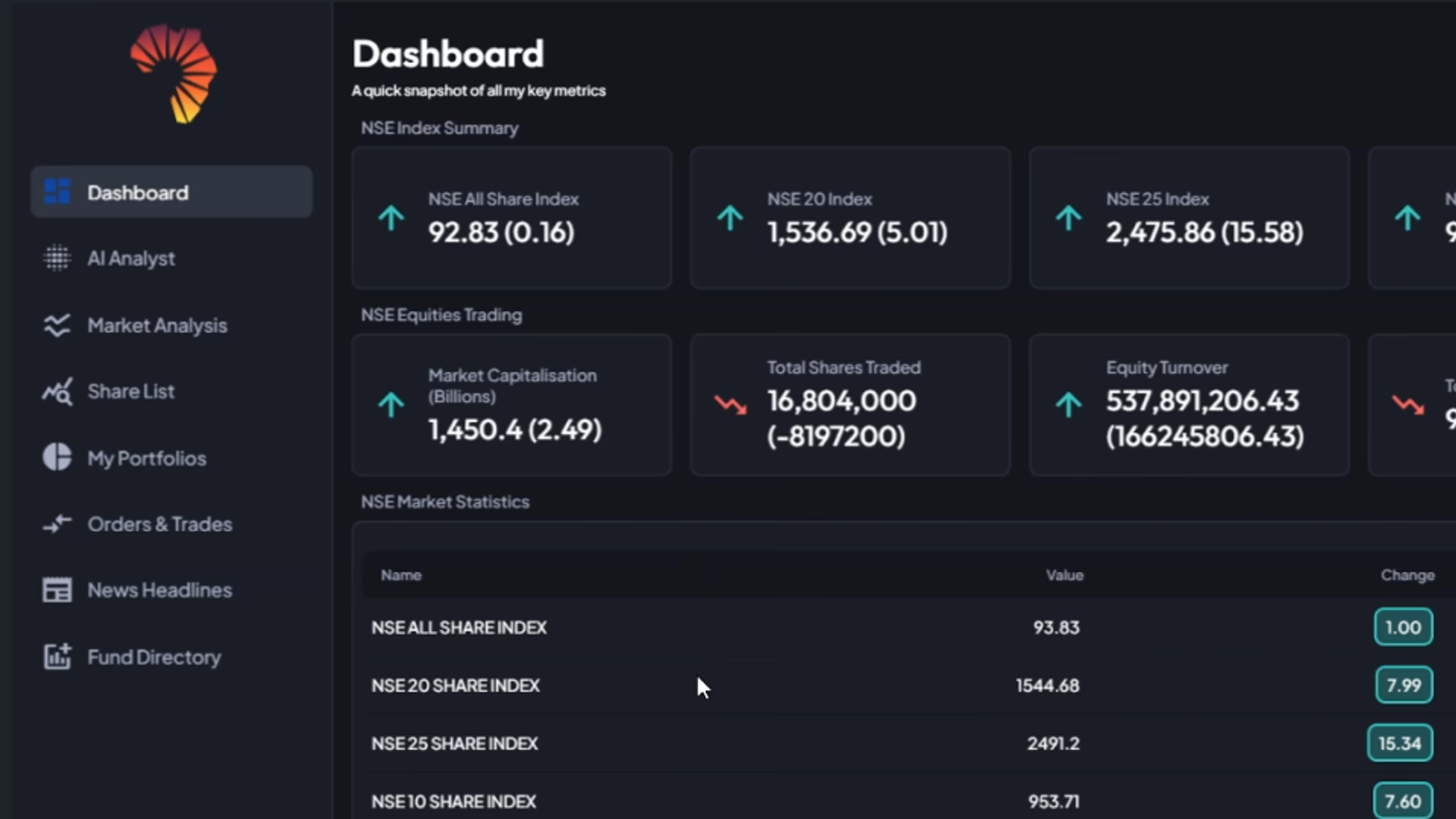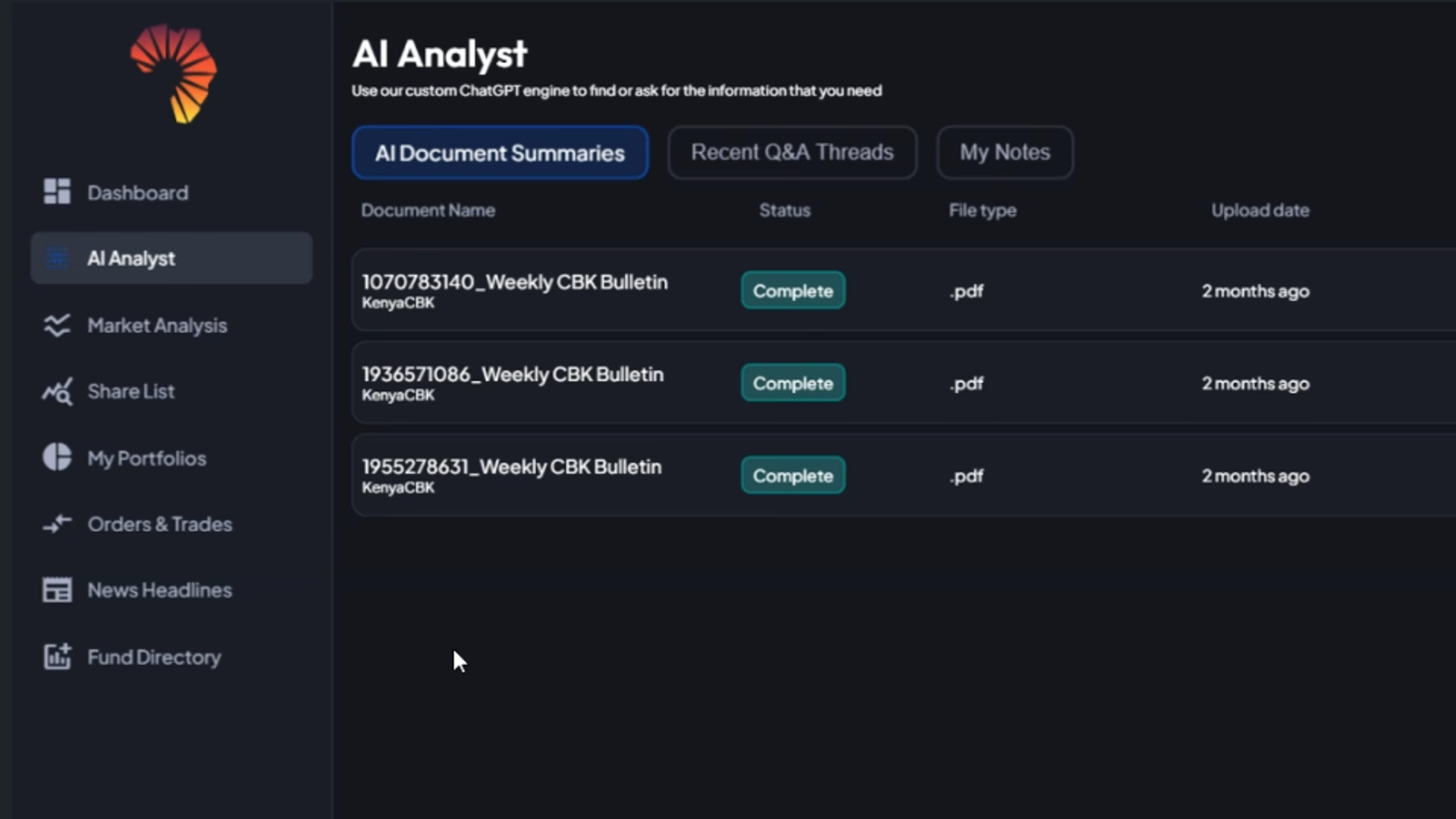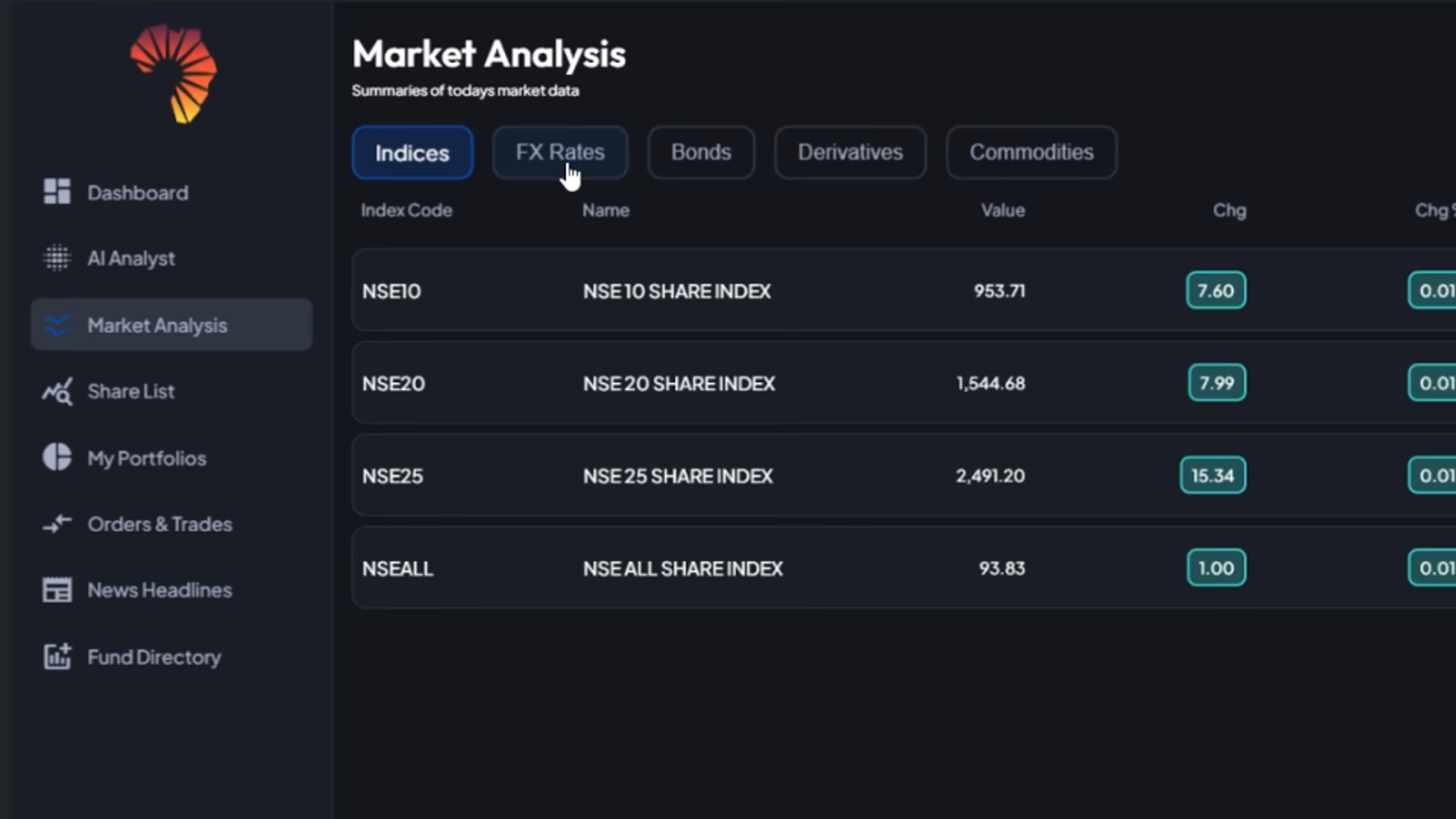Kenya’s prospects in digital literacy and economic equality may face immense challenges in the future as most secondary schools do not have a computer laboratory, and those who do struggle with scarce technical resources, an Usawa Secondary School Survey shows.
- •Over 97% of national schools, which are substantially fewer than schools other categories, recorded owning a computer lab.
- •The national average is just 33.2%, with only a quarter of more than 10, 000 sub-county secondary schools reporting they run a computer lab.
- •The disparities follow the differences in resource allocation across different categories of schools, despite government policy and projections that the digital economy will contribute over KSh 600 billion to GDP by 2028, according to a GSMA report.
“County schools have the highest percentage of teachers trained on the Digital Literacy Program (DLP) – 29.1% – while Extra-County schools have the lowest percentage of teachers trained on DLP (19.3%),” the survey noted. DLP, launched in 2013, has only trained 24.6% of teachers on how to integrate technology in their teaching environment.
The ICT access in Kenyan schools is further hampered by the number of functional computers – the survey found that an average of 52 students across the country share a single device. Sub-county schools had the greatest number of students sharing a computer – at 128, followed by County Schools at 64, Extra-County schools at 45, and National Schools at 43.
Only 5.3% of sub-county schools in Kenya offer computer lessons to their students – a figure that lowers the overall average to 8.7%. Interestingly, 38.4% of Extra-County schools offered computer lessons compared to 31.5% of National Schools.
These lagging factors have a significant consequence on the national technological aspirations. By hindering more students from taking interest in digital literacy, crucial fields for the future like IT and software engineering experience a dearth in higher education uptake. In the end, arenas like Artificial Intelligence and Blockchain remain at the periphery of Kenya’s transformative plans.
The Eastern Africa Youth Digital Readiness Index in 2023 reveals that Kenya’s digital literacy stands at 26.75%, higher than regional peers such as Rwanda and Uganda, but trailing countries like Mauritius, South Africa, Cape Verde, Morocco, and Gabon.
Imparting digital learning in secondary schools is especially important because most of the devices that matter cannot be easily available in Kenya’s rural and semi-urban households. Equipping them in schools remains the greatest opportunity to lure students’ interests in technology-bound careers.





